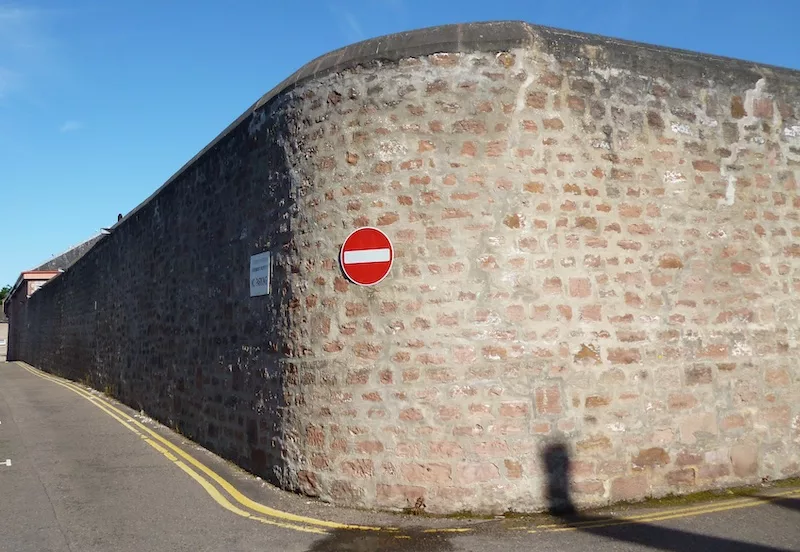A new inspection report has praised the “excellent” relationships between staff and prisoners at HMP Inverness even as the prison faces mounting pressures from overcrowding and outdated facilities.
The annual Independent Prison Monitoring (IPM) report for 2024–25, published by HM Inspectorate of Prisons for Scotland, found that the small Highland prison is performing well across key areas, despite operating within what monitors describe as an ageing and constrained environment.
Monitors visited the prison regularly throughout the year and spoke with staff, prisoners and management.
They found strong evidence of trust and cooperation a factor they believe explains why HMP Inverness receives significantly fewer prisoner complaints than most others in Scotland.
“Inverness remains a calm and well-managed prison,” the report said.
“Relationships between staff and prisoners are consistently excellent.”
Staff were commended for their ability to manage a complex population with multiple overlapping regimes, including untried, short-term, and vulnerable prisoners, all within a small facility.
One of the most encouraging findings came from the Recovery Wing, where only prisoners actively engaged in recovery are housed.
Monitors described it as “an excellent facility,” and praised the dedication of both SPS and NHS staff.
But the report also highlights ongoing challenges.
Overcrowding continues to impact the prison, with more than half of the cells designed for one person being used to house two.
This, staff say, has become particularly problematic in recent months.
Transport failures caused by private firm GEOAmey were noted repeatedly including an incident where SPS staff had to drive a prisoner to a chemotherapy appointment when transport didn’t arrive.
There were also serious concerns raised about the prolonged isolation of a severely ill prisoner under medical segregation.
Monitors said staff went “above and beyond” in caring for the individual, but questioned why secure psychiatric care wasn’t provided sooner.
Other findings pointed to thoughtful efforts by staff to support dignity and rehabilitation.
A “clothes bank” was set up using staff donations, art from prisoners decorates the visiting area, and the prison ran a job fair with local engineering and construction companies.
Education provision was found to be well-matched to the mostly short-term population, with courses in art, literacy and employability proving popular.
The prison’s chaplain and family liaison officers were highlighted for their commitment to ensuring prisoners felt connected to their families and wider communities.
Overall, the monitors concluded that, while the prison’s facilities remain limited and pressures continue to mount, the staff are meeting those challenges with professionalism, empathy and resilience.





